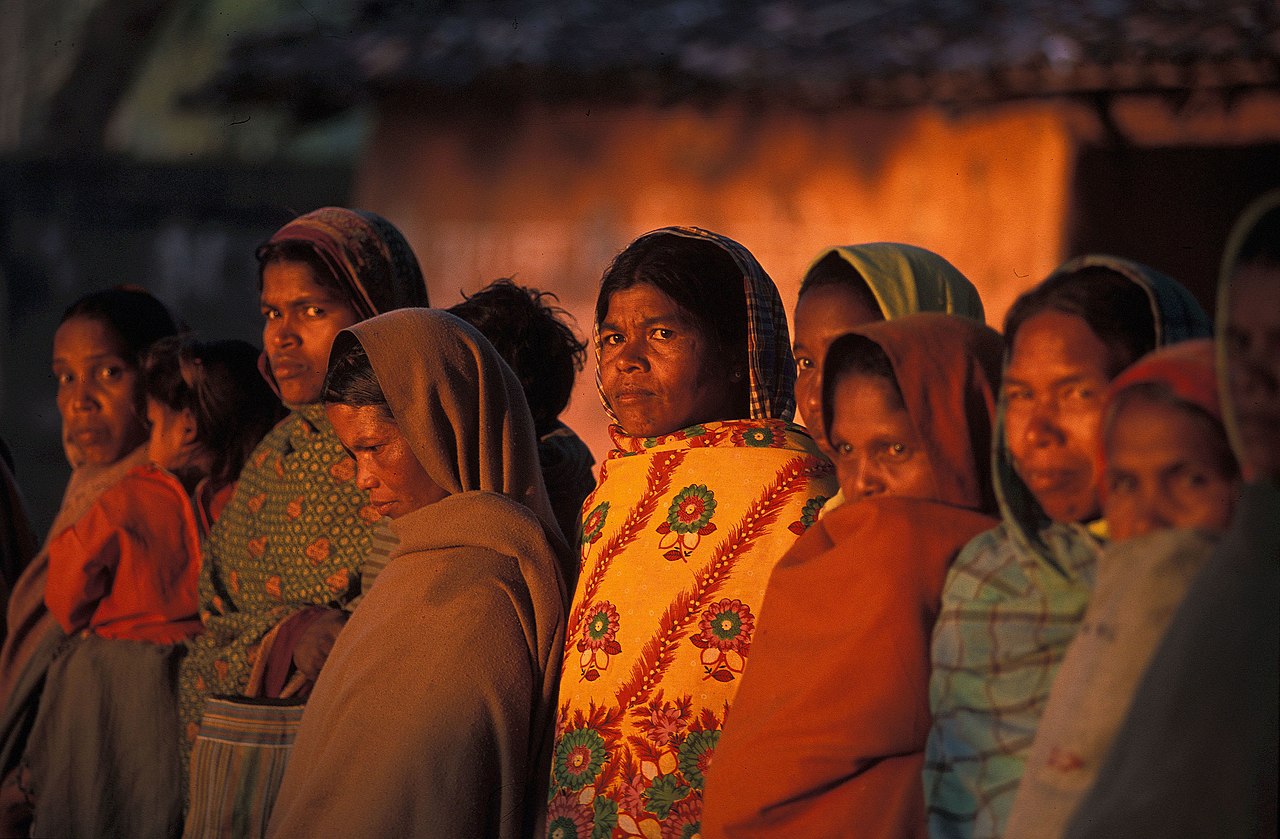In February 2020, 68 Indian students were forced to undress in the Sahjanand Girls Institute university in Bhuj, in the west of India. Why? To check if they were menstruating. A used pad had been found in one of the gardens of the university, even though the internal rules force women menstruating to stay away from the school.
Menstrual precariousness, in other words, the lack of access to menstrual materials, concerns up to 500 million women around the world. The cost of menstrual materials is the principal reason for this phenomenon but the lack of education and information reinforces it. Every single country in the world is concerned with this problem. Obviously, women who live in underdeveloped countries are the first to suffer from this phenomenon, and India is the most common example of this.
Menstruating in India : a shame
Menstruating is a real taboo in India: it is something to be ashamed of and is considered dirty. Indeed, women cannot visit Hindu temples during their periods : only very young girls are allowed, before their puberty starts. There are even some superstitions about girls being on their periods, such as the belief that a woman on her period can fail a recipe because of it. These beliefs lead to dangerous practices like the Nepalese chaupradi which consists in locking down women in unsanitary places, sometimes without water or electricity, during the time of their periods.
A difficult access to proper protections
In India, women do not always have direct access to menstrual protections so they have to find homemade solutions, which reinforce their precariousness. They often use old rags as sanitary pads. It causes serious sanitary issues as it could be not well washed, and leads to infections. Some of them are even forced to use leaves or wood sawdust.
Rural areas are more affected by these issues because the lack of education leads to the ignorance of elementary hygiene rules. This situation is reinforced by analphabetism, which prevents women from informing themselves. This phenomenon maintains itself since one quarter of Indian girls are taken out from school when menstruating because they do not have the adequate protections to attend school during their periods.
Citizen initiatives to end the taboo
Some citizens try to find solutions to face menstrual precariousness. Arunachalam Muruganantham invented a device to make sanitary pads, which was the subject of the documentary Period. End of sentence. awarded in the 2019 Oscars. It allows us to see the invention of this device and its diffusion in the Indian rural areas. There are also citizens’ initiatives which try to break this taboo, such as the feminist campaign “Happy to Bleed” or the comic book Menstrupedia, which aims to explain periods to young Indian girls in order to compensate for their lack of education.
Lena CHARVIN
Couverture : Femmes à Deogarh, Orissa, Inde. 2003, ©Simon Williams / Ekta Parishad.
Sources :
- couverture : http://ektaparishad.in

